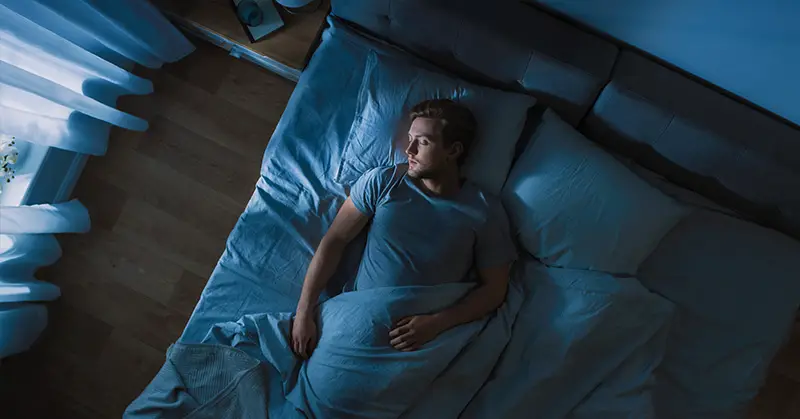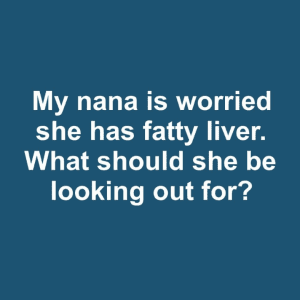Have you ever been drifting off to sleep only to feel a sudden jolt that startles you awake? That sudden, involuntary movement is known as a “hypnic jerk.” It’s a curious phenomenon, experienced by around 60-70% of people. While it might be unsettling, rest assured—it’s completely normal. So, what exactly causes your body to twitch when you’re trying to fall asleep? Let’s explore the science behind this strange occurrence.
Understanding the Stages of Sleep

Before diving into the mystery of hypnic jerks, it’s important to understand how sleep works. Sleep isn’t just a single phase of rest; it’s a series of stages that your body cycles through multiple times each night. Let’s break them down.
Stage One: Drifting Off
When you first start to feel drowsy, you enter Stage One. This is a light sleep phase that lasts for several minutes. During this stage, your heartbeat, breathing, and eye movements slow down, while your muscles begin to relax. Occasionally, you might experience small twitches as your brain activity transitions from wakefulness to sleep.
Stage Two: Light Sleep
As you progress into Stage Two, your body starts to settle in. Heart rate and breathing slow further, body temperature drops, and eye movements cease. Though you’re in light sleep, your brain still produces bursts of electrical activity, preparing for deeper rest.
Stage Three: Deep Sleep
This is the stage where your body fully recharges. Deep sleep is characterized by the slowest heart rate, fully relaxed muscles, and brain waves that reach their slowest frequency. It’s during this stage that you experience the deepest rest, making it tough to wake up.
REM Sleep: Dreaming Time
Rapid Eye Movement (REM) sleep typically begins about 90 minutes after you fall asleep. Your brain activity increases, breathing becomes irregular, and your heart rate accelerates. It’s during REM that most dreaming occurs, as your body cycles through these stages four to five times a night.
What Are Hypnic Jerks?
Hypnic jerks, also called “hypnagogic jerks” or “sleep starts,” are sudden, involuntary muscle contractions that happen just as you’re falling asleep. While their exact cause remains unclear, researchers believe they are linked to the transition between wakefulness and sleep. They often occur when you’re overly tired or trying to stay awake despite your body’s natural signals to rest.
The jerking sensation can feel like a misfire in the nervous system—a sudden, unexpected command from the brain that confuses your body. Imagine your nervous system as a group of people trying to perform a coordinated task. When a hypnic jerk happens, it’s like one person abruptly doing something out of sync, causing the whole group to momentarily stumble.
Why Do Hypnic Jerks Occur?

Sleep experts suggest that hypnic jerks may be caused by mixed signals in the nervous system as your body transitions into sleep. Essentially, parts of your brain are awake while others are drifting into Stage One. This mismatch can trigger a sudden movement, jolting you awake momentarily.
According to Rafael Pelayo, a sleep specialist at the Stanford Sleep Medicine Center, hypnic jerks are more likely to occur when you’re sleep-deprived. In such cases, your body can skip straight from Stage One to REM sleep, bypassing the intermediate stages. This fast-tracked transition can confuse the nervous system, leading to an abrupt, involuntary twitch. Think of it as your brain’s way of signaling that it’s desperate for rest—like an urgent “sleep now!” command.
Are Hypnic Jerks Harmful?
The good news is that hypnic jerks are not dangerous. While they can be unsettling, they don’t indicate any serious health issues. They’re simply a quirk of the sleep process, especially when you’re tired. Some people might feel anxious or frustrated after experiencing one, making it harder to fall back asleep. If that happens, remind yourself that it’s a normal part of the sleep cycle and try to relax.

Hypnic Jerks and Sleep Deprivation
Interestingly, hypnic jerks can occur even when sleep isn’t an option. Have you ever struggled to stay awake during a lecture or meeting and felt that sudden jolt? This happens because your body is fighting the urge to sleep, leading to a hypnic jerk. It’s a clear sign that your body needs rest, but you’re trying to force wakefulness.
Pelayo suggests a few strategies to minimize hypnic jerks during times when staying awake is crucial:
- Focus on the Task at Hand: Engaging your mind actively can help reduce the likelihood of nodding off.
- Maintain Eye Contact: If you’re in a meeting or class, making eye contact with the speaker can help keep you alert.
- Consume Caffeine: If you anticipate feeling drowsy, drinking coffee beforehand may provide a temporary boost.

Ultimately, the best prevention for frequent hypnic jerks is getting sufficient sleep—ideally seven to nine hours per night. Consistent rest can help regulate your sleep cycle and reduce the frequency of these startling twitches.
Conclusion: A Fascinating Quirk of the Sleep Cycle
Hypnic jerks may seem odd, but they’re a normal part of falling asleep. They’re not a cause for concern, but they do serve as a reminder to prioritize good sleep habits. If you notice these twitches happening frequently, it could be a sign that your body is overtired and in need of better rest. So, the next time you experience a sudden jolt while drifting off, don’t worry—it’s just your body’s way of transitioning into dreamland.


